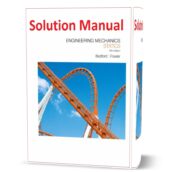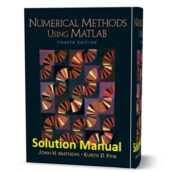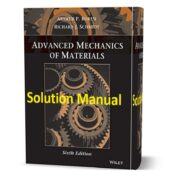solution manual of An Introduction to Mechanics 2nd edition eBook pdf

download free solution manual and answers of An Introduction to Mechanics by Kleppner & Kolenkow 2nd edition eBook pdf grew out of a one-semester course at the Massachusetts Institute of Technology—Physics 8.012—intended for students who seek to understand physics more deeply than the usual freshman level. In the four decades since this text was written physics has moved forward on many fronts but mechanics continues to be a bedrock for concepts such as inertia, momentum, and energy; fluency in the physicist’s approach to problem-solving—an underlying theme of this download free solution manual and answers of An Introduction to Mechanics by Kleppner & Kolenkow 2nd edition eBook pdf —remains priceless. or more solution manual in Gioumeh click here.
The positive comments we have received over the years from students, some of whom are now well advanced in their careers, as well as from faculty at M.I.T. and elsewhere, reassures us that the approach of the text is fundamentally sound. We have received many suggestions from colleagues and we have taken this opportunity to incorporate their ideas and to update some of the discussions.
Download Link
an introduction to mechanics solutions
solution manual of An Introduction to Mechanics 2nd edition eBook pdf
We assume that our readers know enough elementary calculus to differentiate and integrate simple polynomials and trigonometric functions. We do not assume any familiarity with differential equations. Our experience is that the principal challenge for most students is not with understanding mathematical concepts but in learning how to apply them to physical problems in download free solution manual and answers of An Introduction to Mechanics by Kleppner & Kolenkow 2nd edition eBook pdf . This comes with practice and there is no substitute for solving challenging problems. Consequently problem-solving takes high priority.
We have provided numerous worked examples to help pro- vide guidance. Where possible we try to tie the examples to interesting physical phenomena but we are unapologetic about totally pedagogical problems. A block sliding down a plane is sometimes mocked as the quintessentially dull physics problem but if one allows the plane to accelerate, the system takes on a new complexion in download free solution manual and answers of An Introduction to Mechanics by Kleppner & Kolenkow 2nd edition eBook pdf .
The problems in the first edition of download free solution manual and answers of An Introduction to Mechanics by Kleppner & Kolenkow 2nd edition eBook pdf have challenged, instructed, and occasionally frustrated generations of physicists. Some former students have volunteered that working these problems gave them the confidence to pursue careers in science. Consequently, most of the problems in the first edition have been retained and a number of new problems have been added.
download free answers of An Introduction to Mechanics by Kleppner & Kolenkow
In addition to this inspirational thought, we offer students a few practical suggestions: The problems are meant to be worked with pencil and paper. They generally require symbolic solutions: numerical values, if needed, come last. Only by looking at a symbolic solution can one decide if an answer is reasonable. Diagrams are helpful. Hints and answers are given for some of the problems. We have not included solutions in the download free solution manual and answers of An Introduction to Mechanics by Kleppner & Kolenkow 2nd edition eBook pdf because checking one’s approach before making the maximum effort is often irresistible. Working in groups can be instructional for all parties. A separate solutions manual with restricted distribution is how- ever available from Cambridge University Press.
Two revolutionary advances in physics that postdate the first edition of download free solution manual and answers of An Introduction to Mechanics by Kleppner & Kolenkow 2nd edition eBook pdf deserve mention. The first is the discovery, more accurately the rediscovery, of chaos in the 1970’s and the subsequent emergence of chaos theory as a vital branch of dynamics. Because we could not discuss chaos meaningfully within a manageable length, we have not attempted to deal with it. On the other hand, it would have been intellectually dishonest to present evidence for the astounding accuracy of Kepler’s laws without mentioning that the solar system is chaotic, though with a time-scale too long to be observable, and so we have duly noted the existence of chaos.
The second revolutionary advance is the electronic computer. Computational physics is now a well-established discipline and some level of computational fluency is among the physicist’s standard tools. Nevertheless, we have elected not to include computational problems because they are not essential for understanding the concepts of the download free solution manual and answers of An Introduction to Mechanics by Kleppner & Kolenkow 2nd edition eBook pdf , and because they have a seductive way of consuming time.
chapter content of this mechanical engineering solutions manual eBooks
Here is a summary of the second edition: The first chapter of download free solution manual and answers of An Introduction to Mechanics by Kleppner & Kolenkow 2nd edition eBook pdf is a mathematical introduction to vectors and kinematics. Vector notation is standard not only in the text but throughout physics and so we take some care to explain it. Translational motion is naturally describe using familiar Cartesian coordinates. Rotational motion is equally important but its natural coordinates are not nearly as familiar.
Consequently, we put special emphasis on kinematics using polar coordinates. Chapter 2 of download free solution manual and answers of An Introduction to Mechanics by Kleppner & Kolenkow 2nd edition eBook pdf introduces Newton’s laws starting with the decidedly non-trivial concept of inertial systems. This chapter has been converted into two, the first (Chapter 2) discussing principles and the second (Chapter 3) devote to applying these to various physical systems.
Chapter 4 introduces the concepts of momentum, momentum flux, and the conservation of momentum , Chapter 5 introduces the concepts of kinetic energy, potential energy, and the conservation of energy, including heat and other forms, Chapter 6 applies the preceding ideas to phenomena of general interest in mechanics: small oscillations, stability, coupled oscillators and normal modes, and collisions. In Chapter 7 the ideas are extend to rotational motion. Fixed axis rotation is treat in this chapter, followed by the more general situation of rigid body motion in Chapter 8.
Chapter 9 of download free solution manual and answers of An Introduction to Mechanics by Kleppner & Kolenkow 2nd edition eBook pdf returns to the subject of inertial systems, in particular how to understand observations made in non-inertial systems. Chapters 10 and 11 present two topics that are of general interest in physics: central force motion and the damped and forced harmonic oscillator, respectively. Chapters 12–14 provide an introduction to non-Newtonian physics: the special theory of relativity.
sample images of the file :
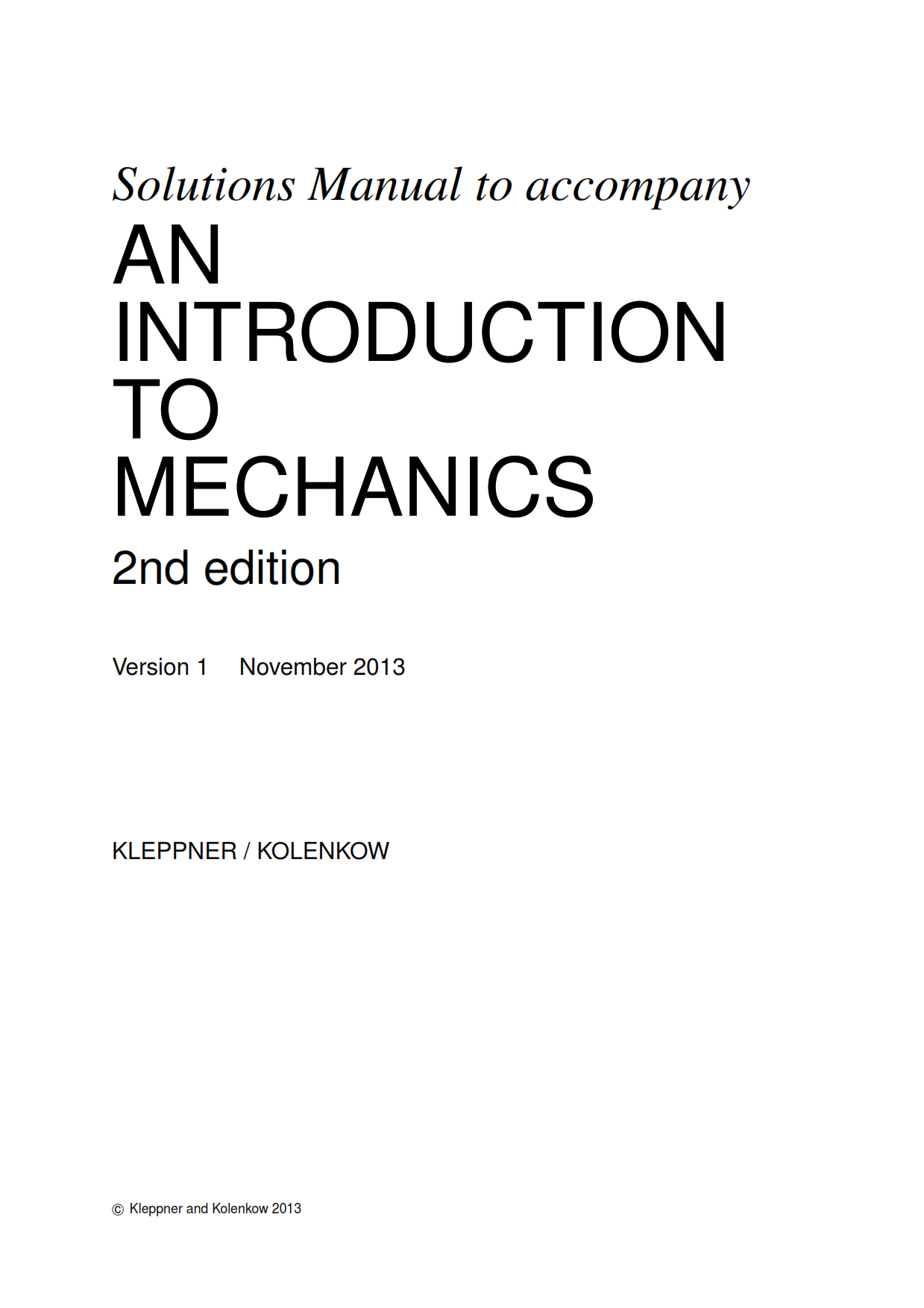
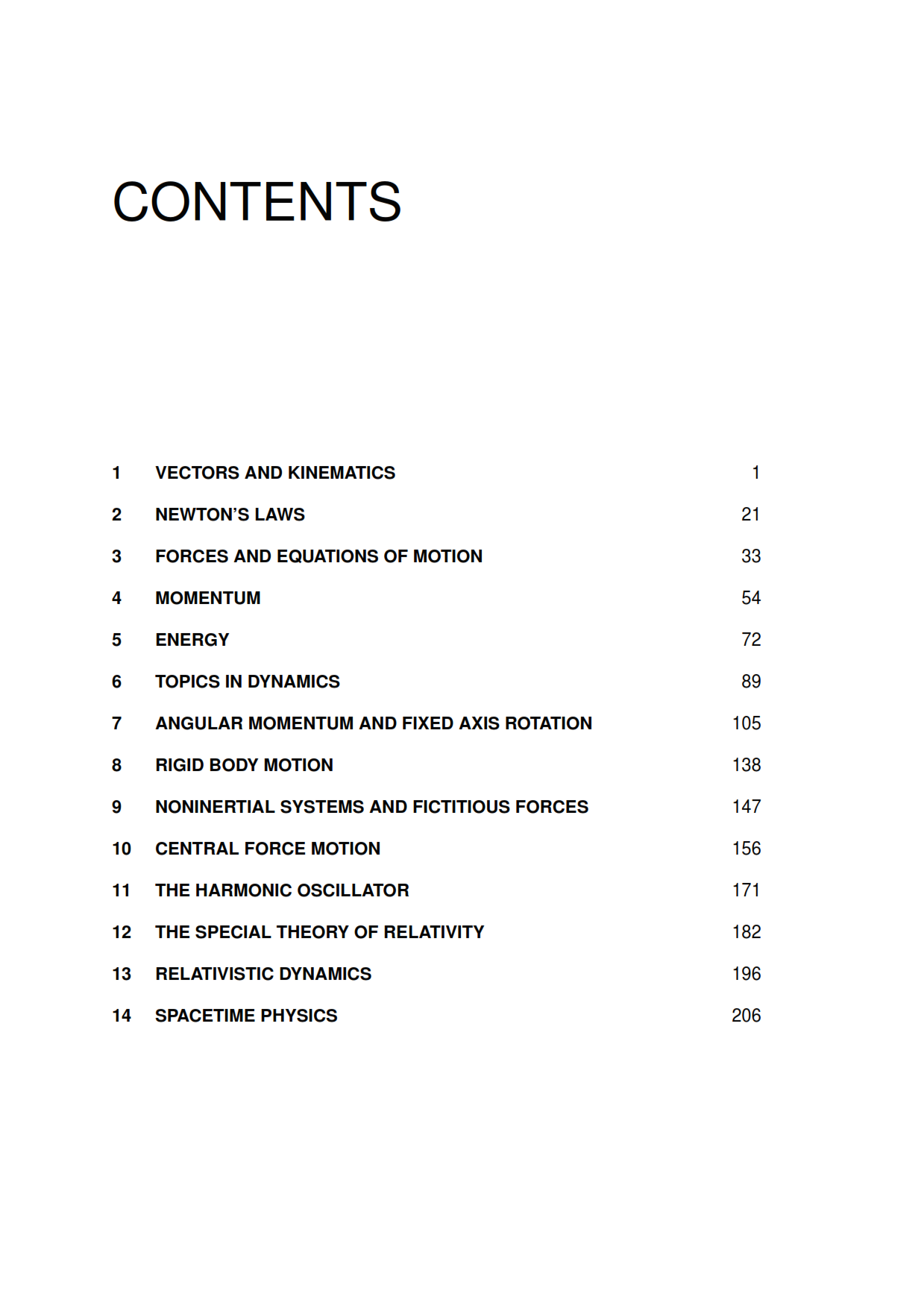
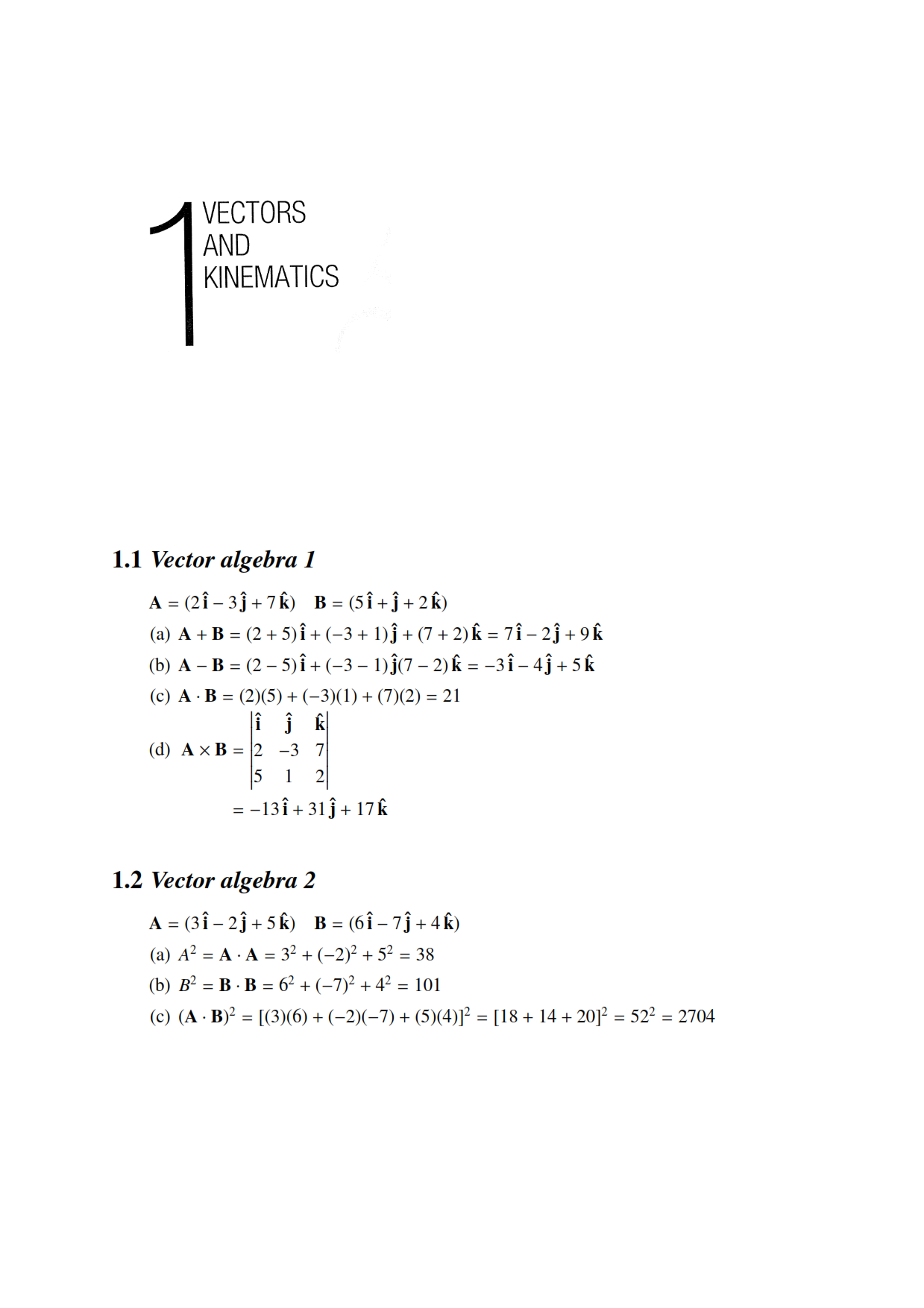
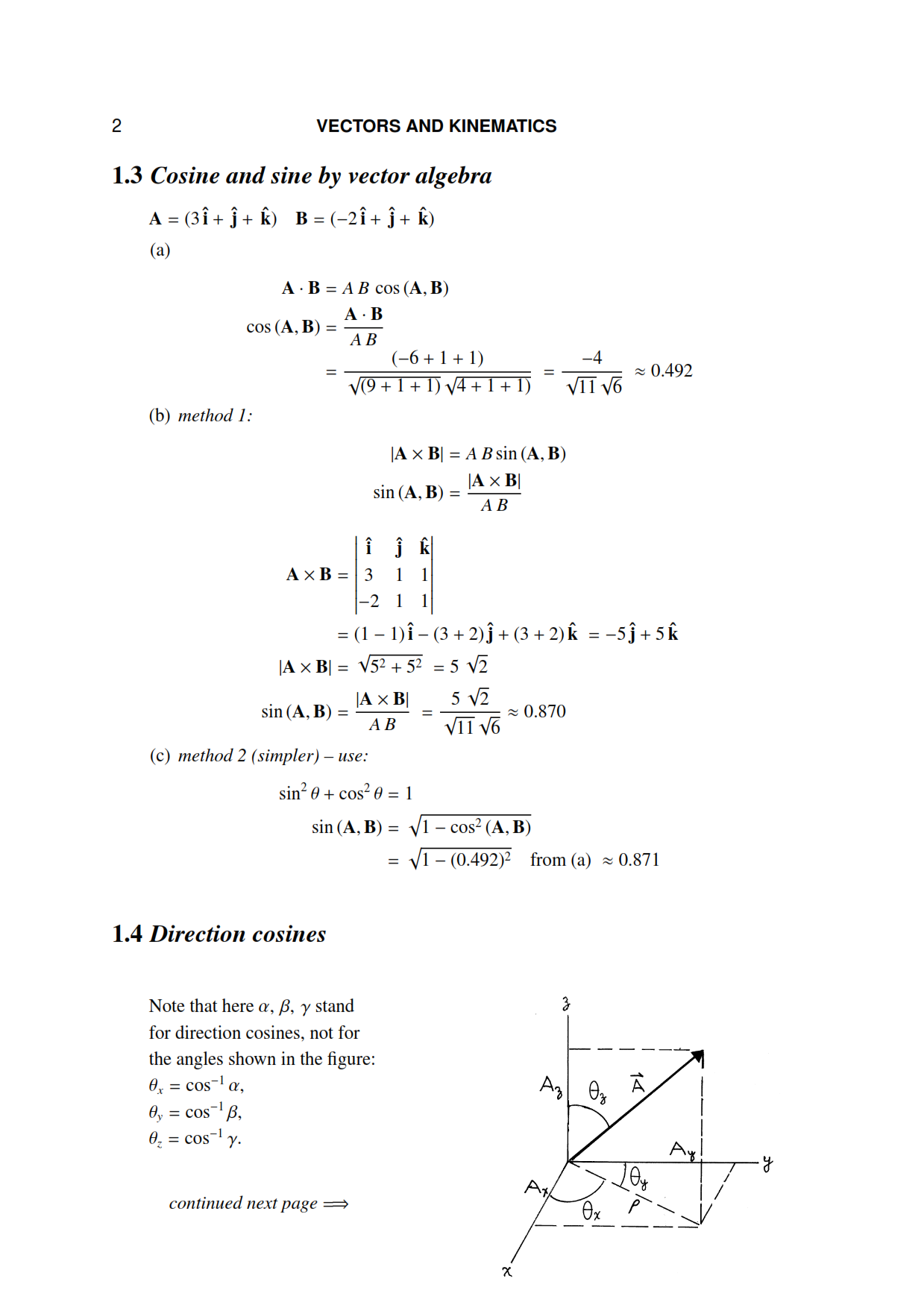
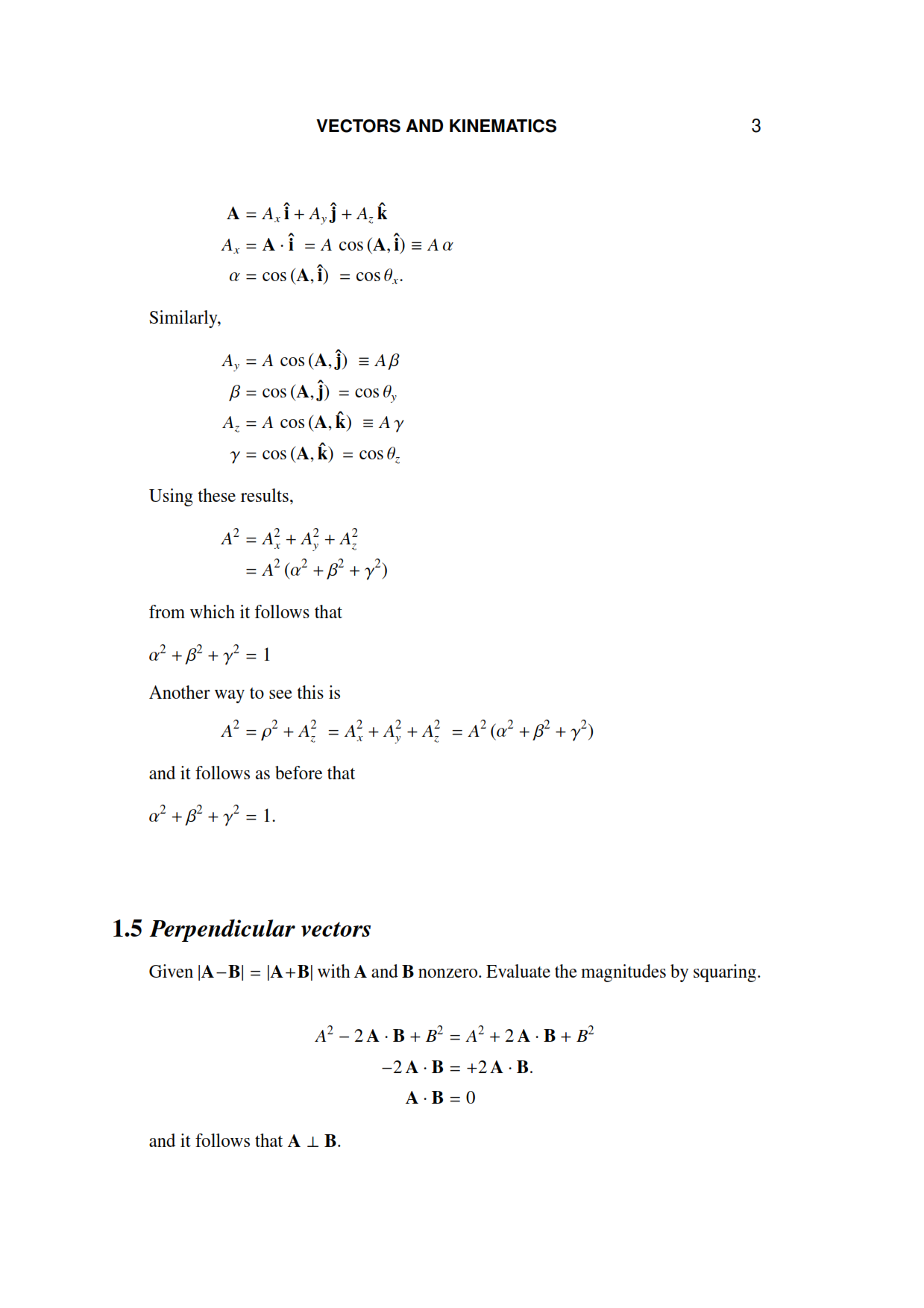
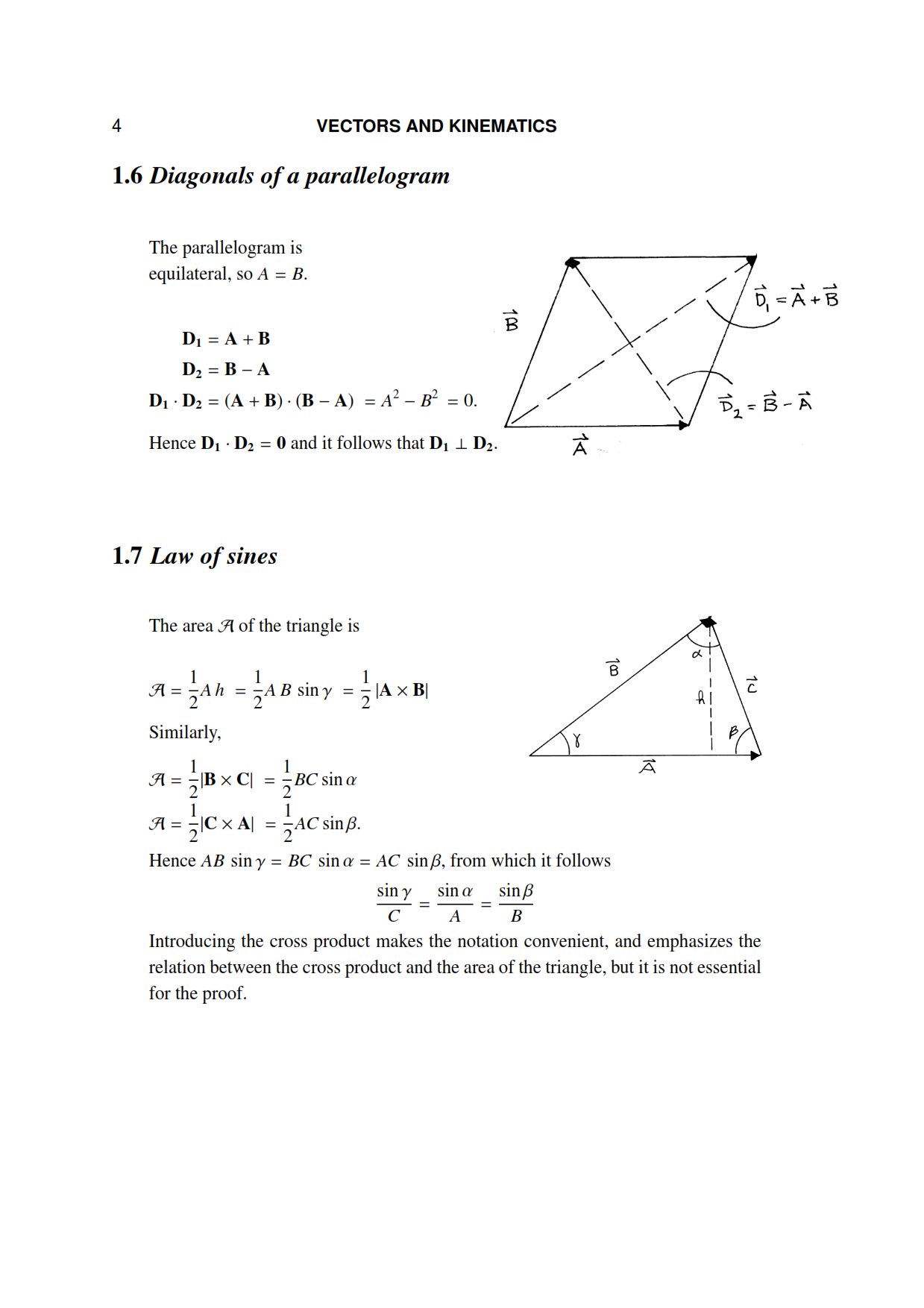
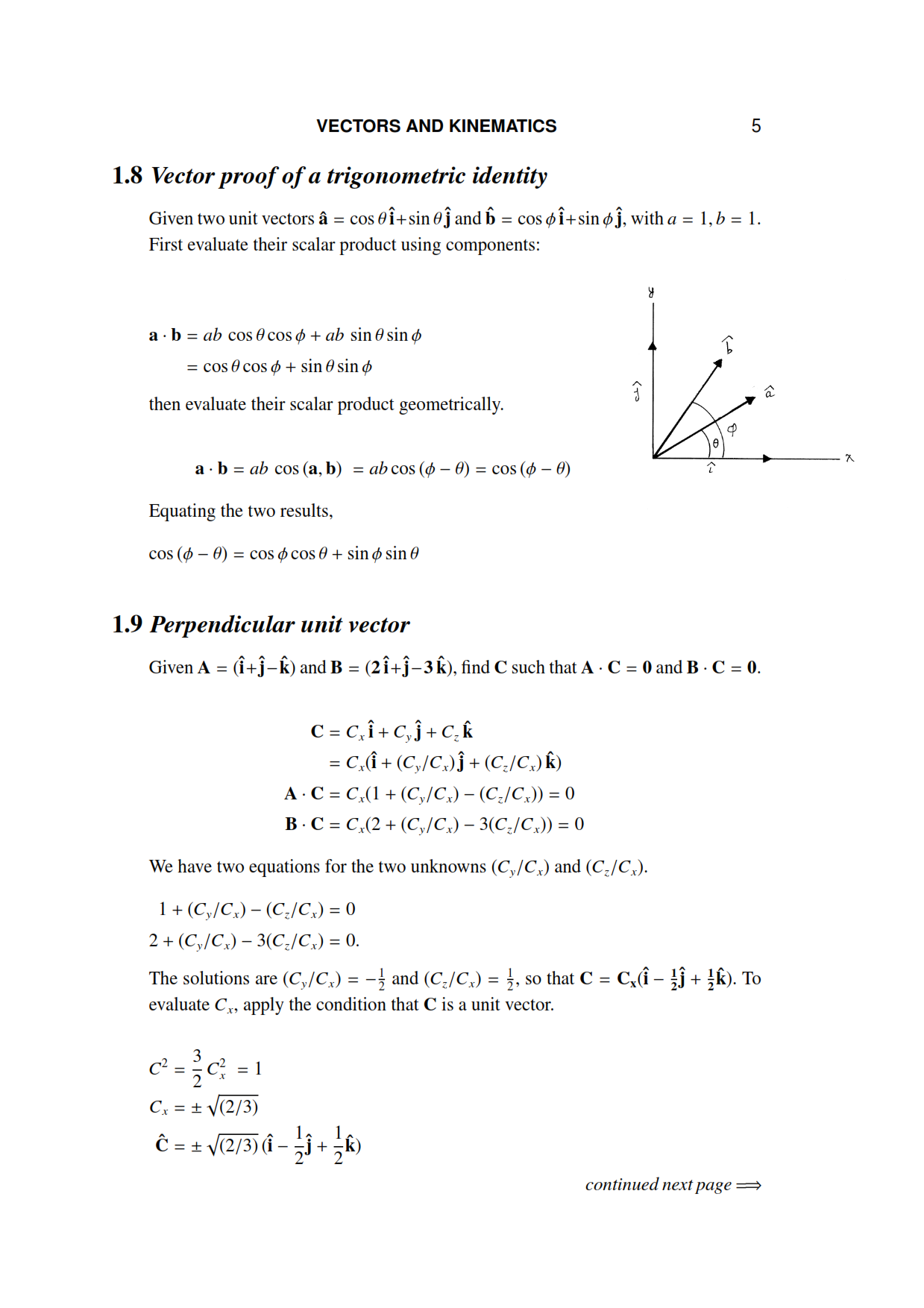

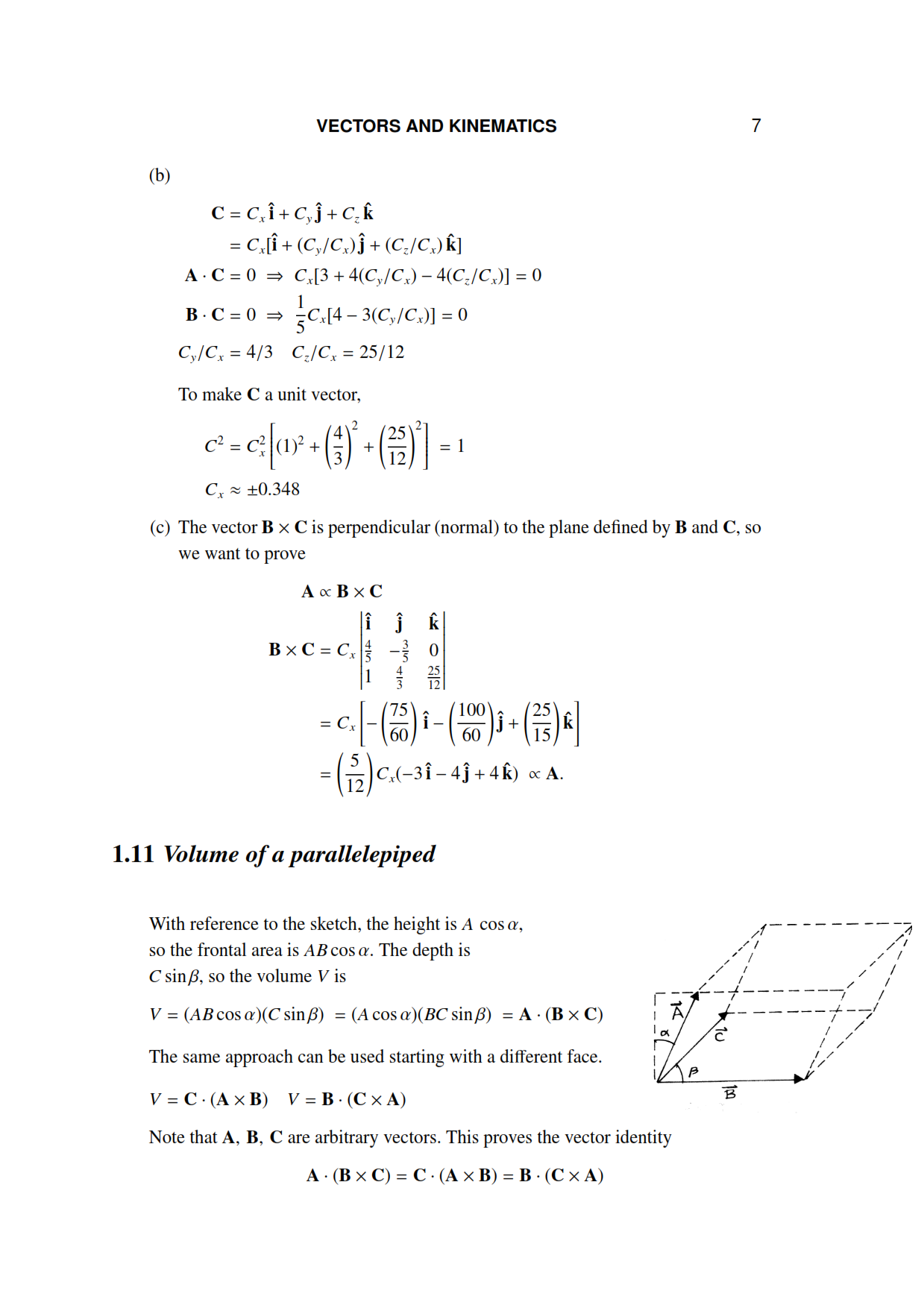
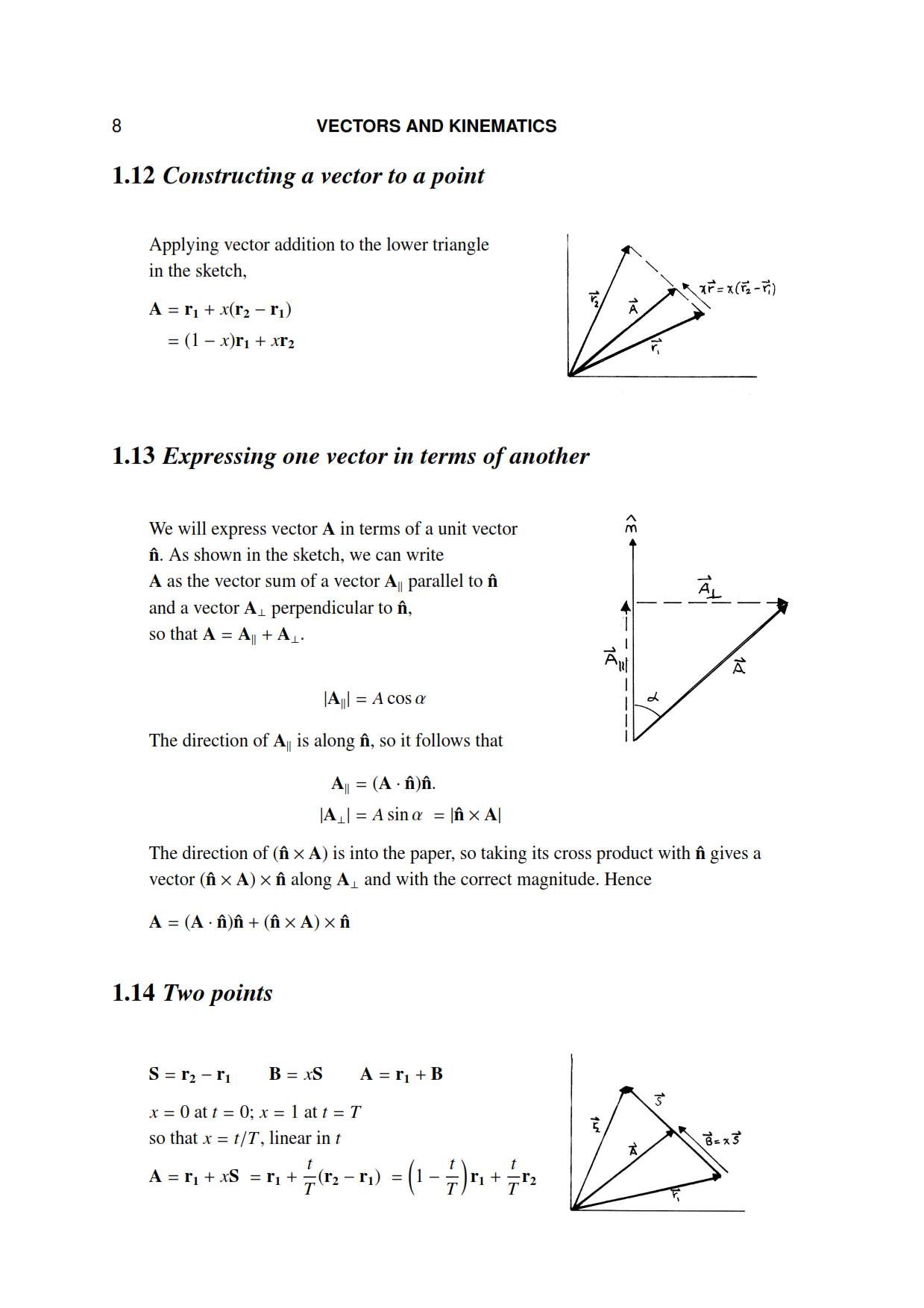
Download Link
an introduction to mechanics by kleppner and kolenkow solutions


